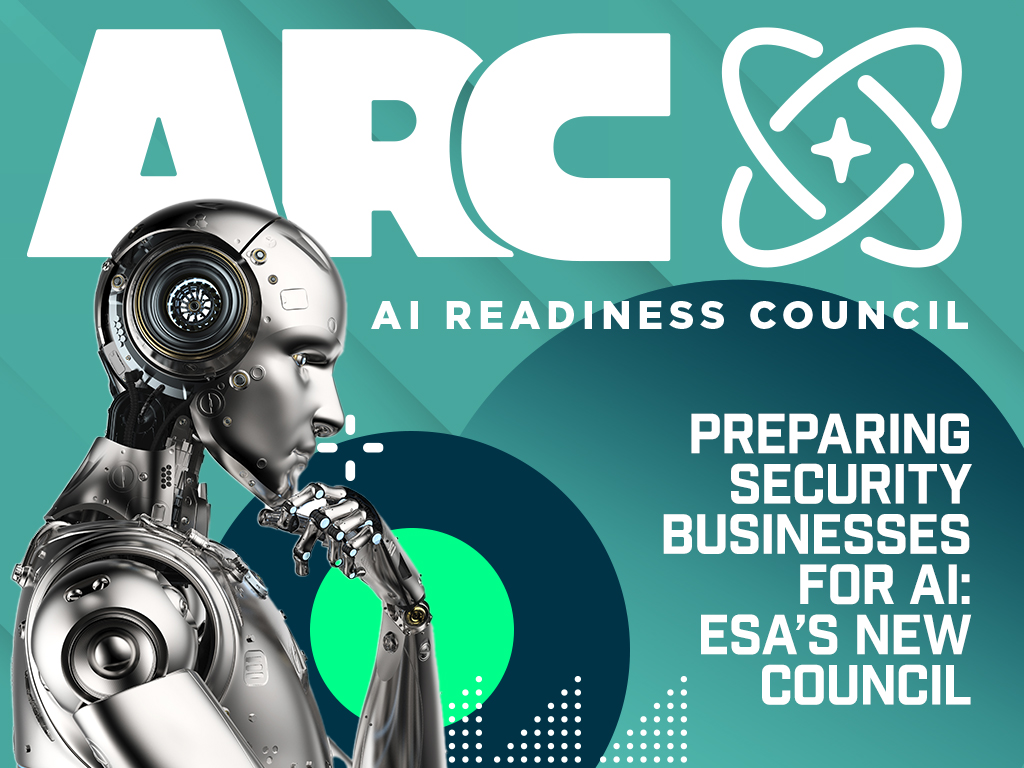Onboarding New Hires – Tighten up the Buddy System

We are about to hire a brand-new position here at ESA and I am working with the team to plan the training/on-boarding process for the new hire. What I am being reminded of is: writing about training is a lot easier than doing it! When it’s time to bring on a new hire, you realize pretty quickly that having well documented processes is really vital when its time to train someone. Providing the new hire with well written and organized procedures is one of the most useful things you should be doing. However, that isn’t the only thing we, or any company should be doing, when they bring on a new employee – don’t just hand them the procedure manual and wish them luck. Pairing them with a more seasoned team-member is another component to on-boarding. However, keep in mind, sometimes the “buddy system” works just fine, but other times it doesn’t go so well and has inconsistent results. So how do we build something that has more predictable results?
First let’s discuss why there are inconsistent training results for employees when they are trained by a co-worker or supervisor. Here is a stat I recently learned from Mark Murphy, author of Hiring for Attitude: 46% of new hires fail in the first 18 months – and by fail he means they were fired or quit. Woah right!? Mark thinks a large contributing factor is because the wrong person with the wrong attitude was hired for the job. I absolutely agree. But another factor, in my opinion, is the training the person receives. Chances are the training provided by the co-worker and/or supervisor was not well organized or structured, there was no timeline established, there was no follow up done to confirm learning, they may have passed on bad habits or behaviors, and they may have been a horrible communicator and therefore a terrible trainer. Do these sound familiar? Some employees, who are highly adaptable, can get up to speed by with any form of training. They may be so highly skilled that they could start performing quickly without much training needed, or they can train themselves without much input needed from others. Those folks are gems, but many people taking on a new job or a new responsibility need more.
How do we give them more if your company is like mine: we are small and don’t have the resources to develop a highly structured training program and all personnel are swamped in their own duties that they lack the time to dedicate to training someone? Here are some options that will provide a more robust on the job training experience for your employees:
- Rotations – don’t saddle one person to do all the training. Allow the employee to spend time with a variety of co-workers that have some nuggets of information to share. For example, if you hire a new installation technician, allow them to spend a few days with your lead installer, a few days with a service technician, and a few days with the sales folks. These rotations will allow them to learn different perspectives of the job and learn more about the company.
- Video documentation – get your staff to start video documenting processes. We all have phones that can record things, so each week require your employees to record one thing they did really well. These can easily be stored on a shared service (YouTube, Vimeo, Google drive, Microsoft SharePoint) and organized into how to videos. Heck be trendy and task your team to create TikToks. TikTok isn’t just for teens, many groups are using it to share best practices and cool life hacks.
- Lunch and Learns – to keep employees up to speed with new processes, technologies, or information start conducting Lunch and Learns. Have an employee volunteer to teach a cool technique for 30 minutes and invite other staff to attend and bring their lunch. Not only will this have benefits for the folks in attendance, it also allows the ‘trainer’ to be recognized for the area they excel at.
- Checklists – building quick checklists are faster than writing out detailed documentation – even though I am a HUGE advocate of documentation! Checklists can be created and used to teach employees what needs to be done and in what order. Employees can then fill in the gaps by writing out their own details to complete the tasks.
- Mentoring – this doesn’t need to be a well-oiled, complex machine. Mentoring can be as easy as pairing the new hire with a high performer. Encourage them to go for lunch, grab coffee, or meet monthly. The casual conversations they have can create a positive influence on the new hire and ensure that they are gaining a perspective that empowers them to be their best.
- Formalized training – there are many formal options available to get your employees trained – of course, ESA’s National Training School is the perfect answer for your technicians. There are countless others as well that can provide more skill-based training, such – LinkedIn, MOOC.org, udemy.com, YouTube, etc. One suggestion is to be sure you touch base before and after the training to make sure they gained something valuable from the course. If it was very rewarding, have the employee do a lunch and learn on the top 3 things they learned.
My advice is to use a variety of these methods to train your team. With each person having individual learning styles, its important not to over utilize one method over another. I also suggest asking them how best they learn. That will give you powerful insight into what training method is going to be most effective and efficient.




